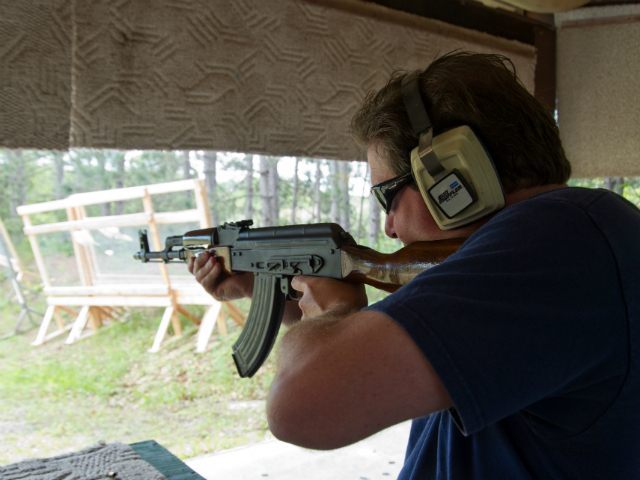New Jersey is the latest state to ban so-called “high capacity” magazines for firearms, joining the likes of California, Colorado, Massachusetts, and New York.
The main difference is that New Jersey took it one step further, ignoring the concept of grandfathering ownership of the magazines already in circulation and making it a felony for mere possession.
Aside from the fact that these arbitrary laws turn otherwise law abiding citizens into instant felons, they also hurt our national defense. I’m not talking about the most obvious issue of undermining the Constitution, nor the often wrongly attributed notion of “You cannot invade the mainland United States. There would be a rifle behind every blade of grass.” Instead, I mean to say that these laws disincentivize a vibrant firearms industry here in the United States which pulls double duty as the defense small arms industrial base.
Despite efforts to the contrary, we remain a capitalist society with businesses intent on turning a profit. While government contracts are lucrative, they pale in comparison to the size of the commercial firearms market here in the U.S. The vast majority of firearms and accessory sales are made to civilians. Consequently, the firearms industry continually innovates in order to introduce better materials, manufacturing processes, and complete products.
Not only do the U.S. military and our allies benefit directly from this innovation, but many companies leverage the profits made from their commercial sales to underwrite specialized weapon development for the military. But with continued restrictions on firearms and accessories, fewer companies are going to develop these products. We have already seen it happen, and not long ago.
From 1994 until 2004 the American firearms industry suffered under the “Assault Weapons Ban,” which not only covered firearms with certain features, but also magazines with a capacity in excess of 10 rounds.
At the sunset of that ban the firearms industry once again flourished. The very magazines and weapon features that were prohibited under the law have been crucial to the US military’s modernization during operations in Afghanistan and Iraq.
But during the ban there were few companies and with a limited market, therefore no incentive to innovate. This became very apparent with magazines for the M9 Beretta Handgun. Many who served early in the war will remember poorly-produced high capacity magazines for that weapon which caused failure after failure. With so few companies in business, there was little competition resulting in contractors producing magazines that performed poorly on the battlefield.
A pistol magazine might seem inconsequential to some, but a pistol is a self-defense weapon. If the magazine fails, the pistol is useless. The same goes for sub-standard magazines for rifles. What good is an Infantryman if he cannot engage the enemy?
Rarely do legislators consider second and third order effects of their decisions. But even local and state level legislation, when aggregated, can have negative effects on the national level. What might be an ill conceived law intended to protect citizens, like magazine bans, can turn out to make every one less safe by undermining our defense.
A retired officer from the US Air Force, Eric Graves is the Editor of Soldier Systems Daily and guest columnist for Down Range with AWR Hawkins.

COMMENTS
Please let us know if you're having issues with commenting.